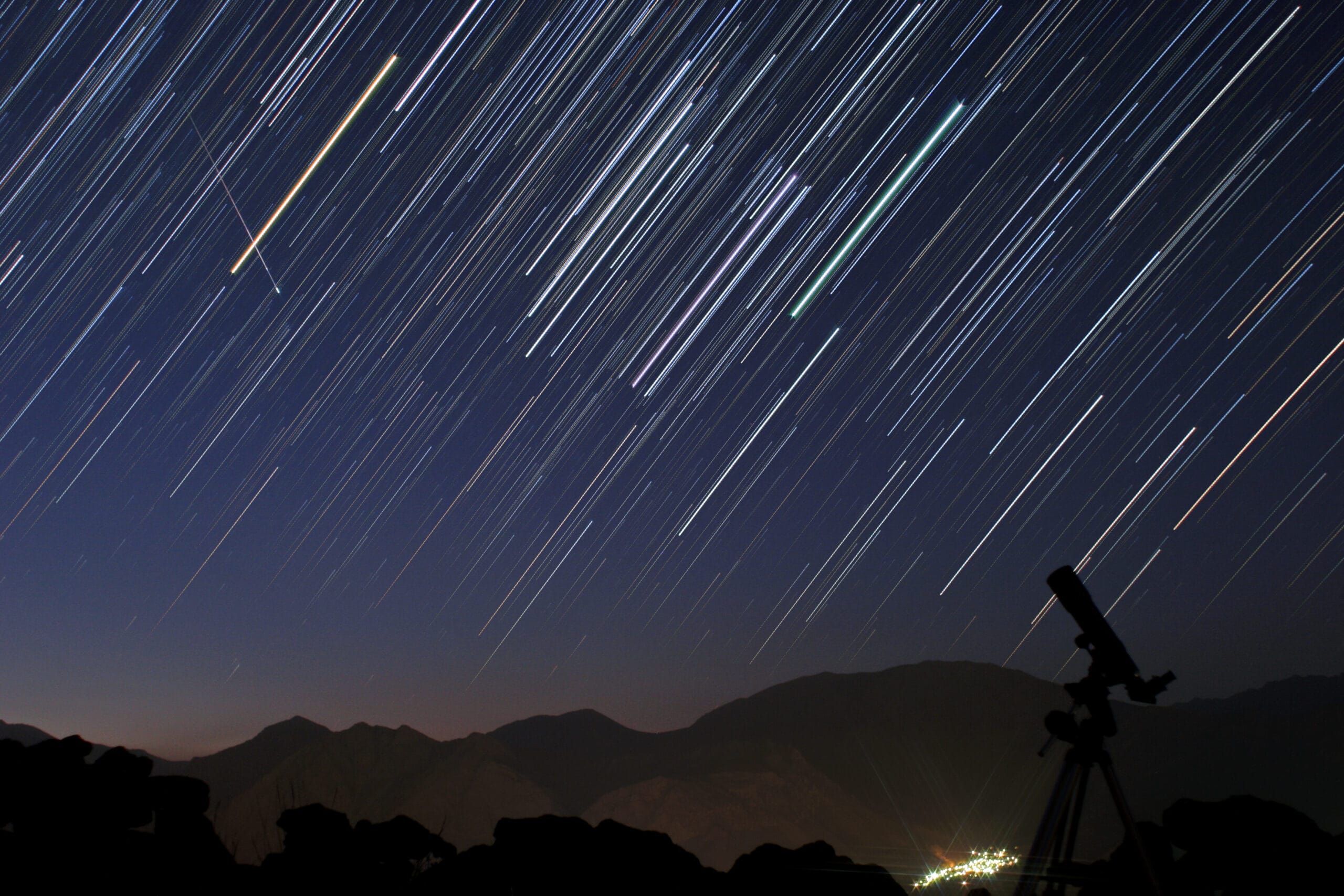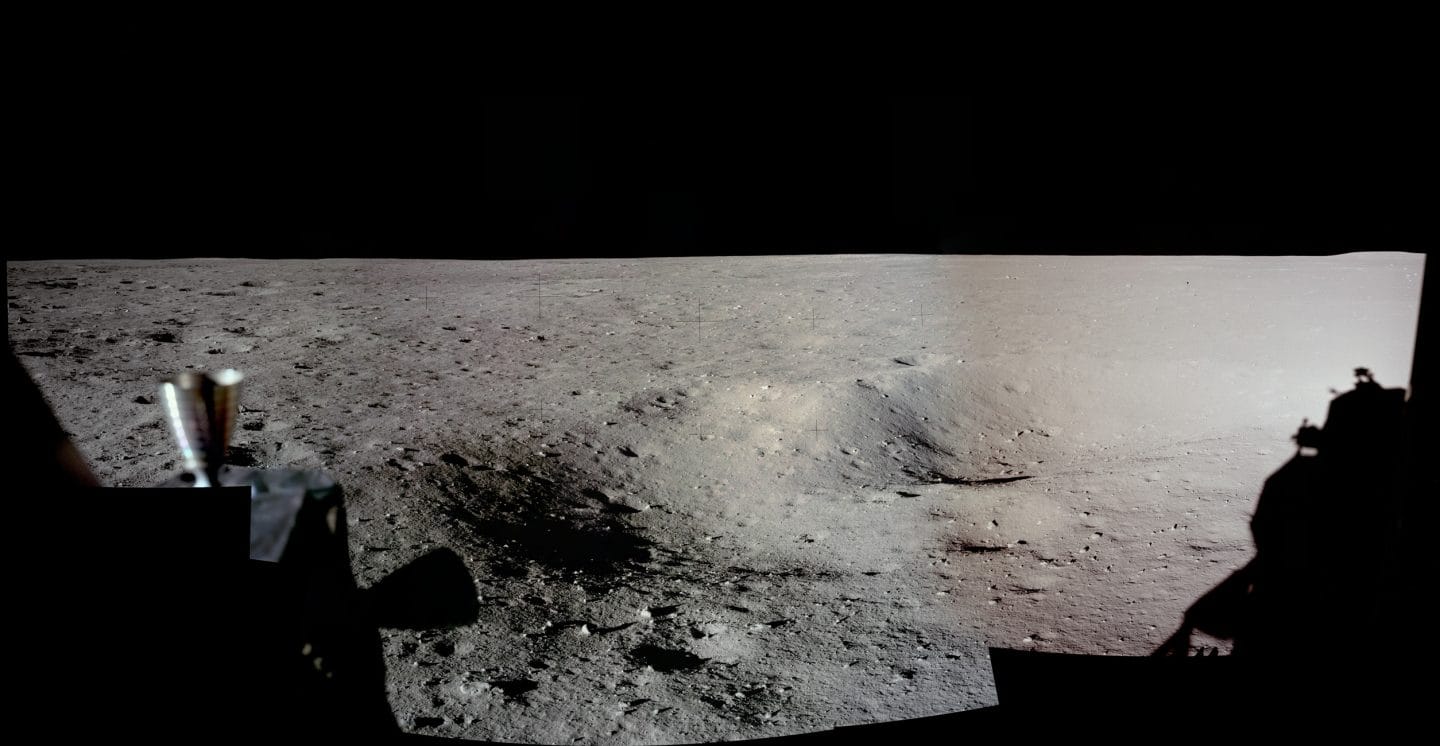In a remarkable advancement in astrophysics, researchers have successfully observed the first supermassive black hole transitioning from a dormant state to an active one in real-time. This significant discovery sheds light on the complex processes that govern black hole activity and their interactions with surrounding matter. The event was captured using a combination of advanced telescopes and observational techniques, marking a milestone in our understanding of these enigmatic cosmic entities.
Supermassive black holes, which reside at the centers of most galaxies, are known for their immense gravitational pull and the ability to consume surrounding gas and stars. However, the mechanisms that trigger their activation from a quiescent state have remained largely elusive. The recent observation provides a unique opportunity to study this phenomenon as it unfolds, offering insights into the lifecycle of black holes and their impact on galactic evolution.
The event was detected by a team of astronomers who utilized a network of ground-based and space-based telescopes to monitor a distant galaxy. The black hole in question, located approximately 1.5 billion light-years away, was observed emitting a sudden burst of energy, indicating that it had begun to accrete material at an accelerated rate. This surge in activity is believed to be the result of a nearby star being torn apart by the black hole’s gravitational forces, a process known as tidal disruption.
The implications of this discovery are profound. By capturing the activation of a supermassive black hole in real-time, scientists can now study the dynamics of accretion processes and the subsequent emission of radiation. This data is crucial for understanding how black holes influence their host galaxies, including the regulation of star formation and the distribution of matter in the surrounding environment.
Furthermore, the observation challenges existing theories about the behavior of black holes. Traditionally, it was thought that supermassive black holes remained dormant for extended periods before suddenly becoming active. However, the real-time data suggests a more complex picture, where black holes may experience intermittent phases of activity influenced by various factors, including the availability of nearby material.
The research team employed a variety of observational tools to capture this event. The use of high-resolution imaging and spectroscopy allowed astronomers to analyze the emitted light across different wavelengths, providing a comprehensive view of the black hole’s behavior. This multi-faceted approach is essential for piecing together the intricate details of black hole activity and its consequences for the surrounding galaxy.
In addition to enhancing our understanding of black holes, this discovery also has broader implications for the field of cosmology. Supermassive black holes are believed to play a critical role in the formation and evolution of galaxies. By studying their activation and the subsequent effects on galactic structures, researchers can gain insights into the history of the universe and the processes that shaped it.
The findings from this observation have been published in a leading scientific journal, sparking interest and discussion within the astrophysics community. Researchers are now eager to conduct further studies to explore the mechanisms behind black hole activation and to identify other instances of similar events across the universe.
As technology continues to advance, the potential for observing such phenomena in real-time will only increase. Future missions and telescopes are expected to provide even more detailed data, allowing scientists to refine their models of black hole behavior and their interactions with the cosmos.
In conclusion, the first real-time observation of a supermassive black hole turning on represents a significant leap forward in our understanding of these cosmic giants. This discovery not only enhances our knowledge of black hole dynamics but also contributes to the broader field of astrophysics by illuminating the complex relationships between black holes and their host galaxies. As researchers continue to investigate these phenomena, the insights gained will undoubtedly reshape our understanding of the universe and its fundamental processes.


